Leaderboard
Popular Content
Showing content with the highest reputation on 07/05/2024 in all areas
-
7 points
-
7 points
-
7 points
-
6 points
-
6 points
-
5 points
-
5 points
-
5 points
-
5 points
-
Our Sabal minors all survived our zone 4b/5a winter with no heat but lots of mulch. Surprisingly, one is shooting up what is probably the inflorescence. Is it usual for very young plants to bloom? Maybe it thought last winter was a near death experience and is reacting accordingly. These were just planted last year from mail order sources.4 points
-
4 points
-
4 points
-
Independence day fireworks? More like a dud. I never pollinated this cone. I had two caudices with cones last winter on this Encephalartos lehmannii and only pollinated the first when it was receptive. The other caudex dropped the cone earlier and is flushing now. This caudex is going to cone again this year and at least initially skip flushing. Plenty of time to contemplate if I will use a male from my own garden from another species or get some lehmannii pollen elsewhere this winter. Three male cones on my largest longifolius are pushing out right now.4 points
-
4 points
-
4 points
-
4 points
-
4 points
-
Hi I’m new to this forum. I live in Ålesund in the western coast of Norway. Many of you probably think of polar bears, when you think of Norway. My town actually has the warmest winter climate of any Scandinavian city, and the city itself is in US hardiness zone 9a, here at 62 degrees north. My location is between 8B/9A, most years 8B, but with slightly warmer summers than in the city. The record cold the last 30 years was -10 degrees celsius, in 2010. The record high 34,4 celsius (little inland in the city). Winter days average at about 5-6 degrees with most nights above freezing. This winter had a min of -6/7 and high of 16 degrees celsius. Summer days highs average about 19 degrees, With normal range between 15-25 degrees. The huggets this far this year is 30,6 in my garden, which is unormal and a record high for the month of May. This have made several palm entusiasts try different exotics and Trachycarpus can be cultivated without protection here. Also European fan palms, but they May struggle in harsh winters. My Chamaerops has been unprotected for 3 winters. of us have also gotten us a Jubaea chilensis, which is very difficult to get here in Norway. Anyway, here are some pictures from my garden.3 points
-
There’s different size minors from different areas of the country too. Sabal minors from North Carolina and Texas seem to be the biggest and Sabal Minors from Florida seem to generally be of a smaller size. I’m fairly certain all of the super dwarf Sabal minors come from Florida if I’m not mistaken. My point being, depending on what ecotype you have, it most likely is just big/ mature enough to flower. I have 7 Sabal minors from Wakulla, Florida that have all flowered at a similar size to yours. But others from NC that are bigger and have not yet.3 points
-
Mahalo Jason! Wow, made the big move……congratulations!! Definitely need to pay you a visit in the near future. Hmmm……wonder what kind of house warming gift I could bring. Tim3 points
-
3 points
-
I’ve got both growing in DeBary, FL. Solid 9b. The cunninghamiana I planted from a 7g in November 2021. Got a bit of frost burn that winter, but only 30% or so. Since then has seen 27ish degrees over Christmas 2022 with no damage. Gets a ton of water and I feed it well. Has nearly tripled in size. Full sun all day, all year, no overhead canopy. The Alexandrae I grew from a seedling and planted it in late April this year. Has already gotten a fat base and opened two fronds. Fastest growing palm in my garden, and is in filtered light with high oak canopy, in a warm part of the yard. We’ll see how it does with winter, but overall it would be my pick for the central Florida yard. Also have an overgrown 7g Purpurea and a few dozen Tuckeri seedlings all in pots. Will probably plant the Purpurea in deep shade in the spring.3 points
-
Not especially uncommon to see these flower young, at least in my experience. Maybe others have differing assessments. Looks great.3 points
-
Plants can't read... They will be happy with almost any fertilizer applied in the correct amount. aztropic Mesa, Arizona3 points
-
I know that feeling, If I see a palm ,I always look for seeds, its the first thing I notice, My wife is just as bad , so its a good match, I am looking at the property opposite .lots of clear land, ready for planting.3 points
-
Excited to have added a Beccariophoenix Alfredii to the garden. Planted as a 25 gal. All rocks seen around the palm were dug out of the hole it was planted in lol. After marking the spear it’s grown almost an 1” its first day. These are not slow growers here where it will see daily temps of 90-105 in full sun. Look forward to having a yard monster in 10 years.3 points
-
3 points
-
1gal specimens ready to be potted up! $50ea OR $45ea for two or more Serious buyers are welcome to visit for pick up, many specimens to choose from **Located in Dade City, FL (North of Tampa, I-75, exit 293)** Shipping lower 48 US ONLY via UPS Ground: additional $18.00 (up to TWO 1gal specimens) or $24.00 (for THREE or FOUR 1gal specimens) ***shipped in pot w/ dirt preferred*** Venmo, PayPal, and/or Cash PM if interested Since variegation varies from plant to plant, no two are alike, the photos below are a representation of what is available.2 points
-
2 points
-
2 points
-
2 points
-
I think the best overall nursery in the area is Turner's at 6503 S. Padre Island Dr. They always had a decent selection of palms when I lived there 7 years ago. https://turnersgardenland.com/ Another would be Padre Palms - a few more miles down the road from Turner's in Flour Bluff at 10015 S.P.I.D. Less than a mile from where I used to live so I visited there often. They typically had a better selection of larger palms and often had coconut palms in stock. https://padrepalms.com/2 points
-
@James B that's just the older ones. I recently planted a close-spaced triple in the center of my backyard, a wide-spaced triple in the front yard...and am pondering planting another solo in the SW corner tomorrow. I also have 7 more in ~1g pots that I have no clue what I'm going to do with...2 points
-
Not yet, but I’ve heard H subulata can in cool climates so I’m hopeful one day they will.2 points
-
Hear, hear. As one of the few-and-far-between seeds/seedlings sellers, I get irked when people resurrect 14+ year-old Lazarus Sales topics for unobtainably rare palms, which only serves to push current and timely topics further down the list. Great idea: See something old you like? PM the seller. Place a topic in "Palms Wanted". You want input on unobtainably rare palms? Start a topic in Discussing Palms subforum that invites discourse and actually teaches something useful.2 points
-
There's no hurt to bumping an old thread, BUT it takes time and eyes away from threads that are actually active. This is a super rare palm and now others will see this thread being active and think it's available when it's not, because it was bumped. I and others were simply being matter-o-factual. This is the "For Sale" part of the forum, which is much more time sensitive, if it was any other part of the forum no one would have said anything about the thread's age. Pointing out that in the "For Sale" area it's prudent to look at a thread's age and the original poster's year+ lack of presence before replying isn't "hostile or anti-supportive" and no one said anything "not nice" either. If my bluntness came across poorly just know that wasn't the intention, and I can say with certainty it wasn't anyone else's either. We're all enthusiasts here.2 points
-
2 points
-
2 points
-
2 points
-
This is the year of musical palms apparently. One dies, move another, another starts declining, etc. A big surprise for me - the Bismarckia nobilis I planted kicked the bucket. Root damage? Drought? Who knows. I got a refund and decided to finish planting specimens of Florida's native palms instead. The first photo is of the entire haul from Sweet Bay Nursery in Parrish. Palms are Coccothrinax argentata, Leucothrinax morrisii, and the native green form of Acoelorraphe wrightii. The lone cycad is Zamia integrifolia. The Coccothrinax argentata went where the Bizzie was - and immediately finished flowering! The Zamia is keeping it company until I get a spot cleared for it and it's future companions. Mind the bed - it has actually been raining here again. Leucothrinax morrisii takes a spot lower in the garden. Acoelorraphe wrightii is close by. All of these will be watched for decline. If natives have issues, there is something toxic in the soil.2 points
-
1 point
-
1 point
-
Haha, yes it all starts with just a few sweeties, than a craving, I started in Durban,1 point
-
1 point
-
1 point
-
This is tire meets the road plantsmanship! Pushing the edges of the zone while growing from seed and from fellow palm grower’s help. This has to be a great adventure! Your hard work will be rewarded. This is a blast to watch. Thank you!1 point
-
Well you had a longer running time than me. Diagnosed with MS in my early 30's that put me in a wheelchair not long after, I used to get someone to dig all the holes for planting palms. Now I am in a new house designed for wheelchair occupancy, I get on my knees and dig my own holes with a little camping spade. Then cancer surgery about 5 years (I think) ago., then a double mastectomy last year. Just when I thought it was as bad as it gets, my spine decided to imitate a roller coaster so now I can't lift anything heavier than an overfed chihuahua. Now I move plants and potting mix etc in a little cart attached to my chair with cable ties. Now I am at the time of life when I should be browsing the catalogues for comfortable coffins and burial plots with a nice view, the cost of living crisis has forced me to go back to work just to survive. On the plus side, I like my little house and the pretty things in it. The Poochies, Pussies, Parrots, Palms and Potted Plants give me a reason to get up in the mornings and reward my nurturing efforts threefold. Shingles is on my list of terrors, along with a stroke or early onset dementia. I too had the vaccination and felt safe until 20 minutes ago, ya bum, however I survived the pandemic without catching Covid so hopefully I will dodge shingles as skillfully as I am dodging the coffin. Peachy1 point
-
WAAY over pruned! No need ever to take them back this far,but if pruner doesn't like to see ANY brown tips,etc,it's time to get a new landscaper,or do the pruning yourself. In AZ,brown tips are ALWAYS to be expected,and not a reason to prune. Your trees will regrow, but it is time to hire different landscapers with a better idea of what normal growth patterns are,and realize we can grow 100's of palm species here,just not to perfection. aztropic Mesa, Arizona1 point
-
1 point
-
1 point


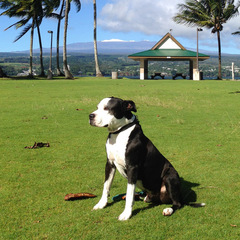
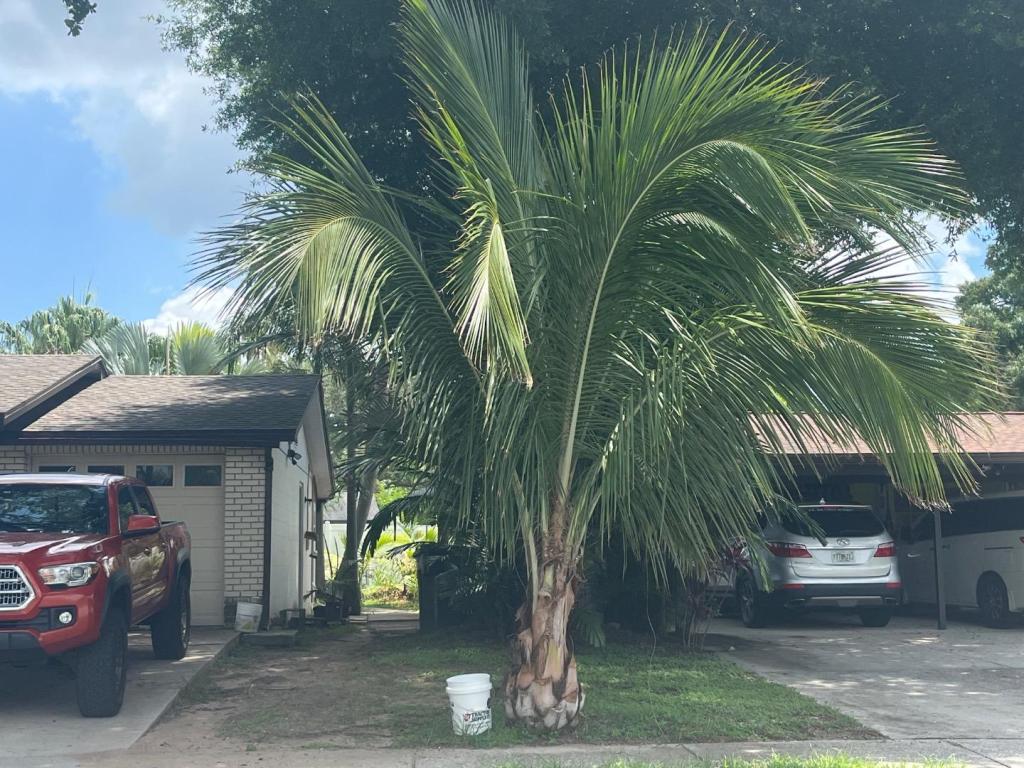







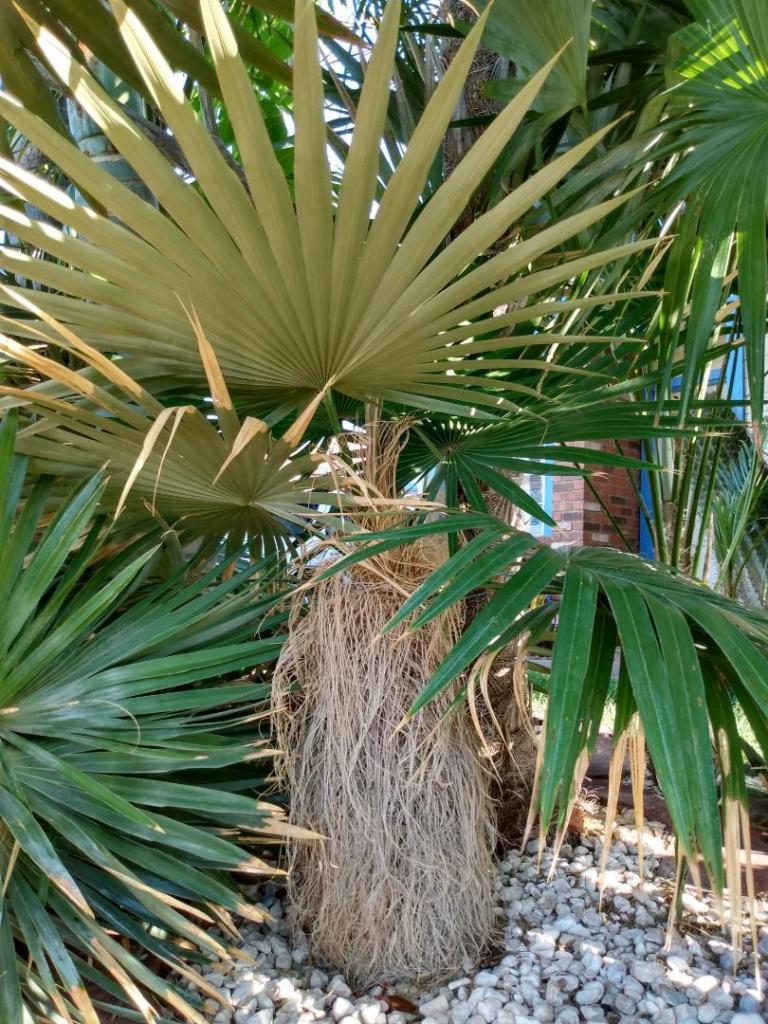
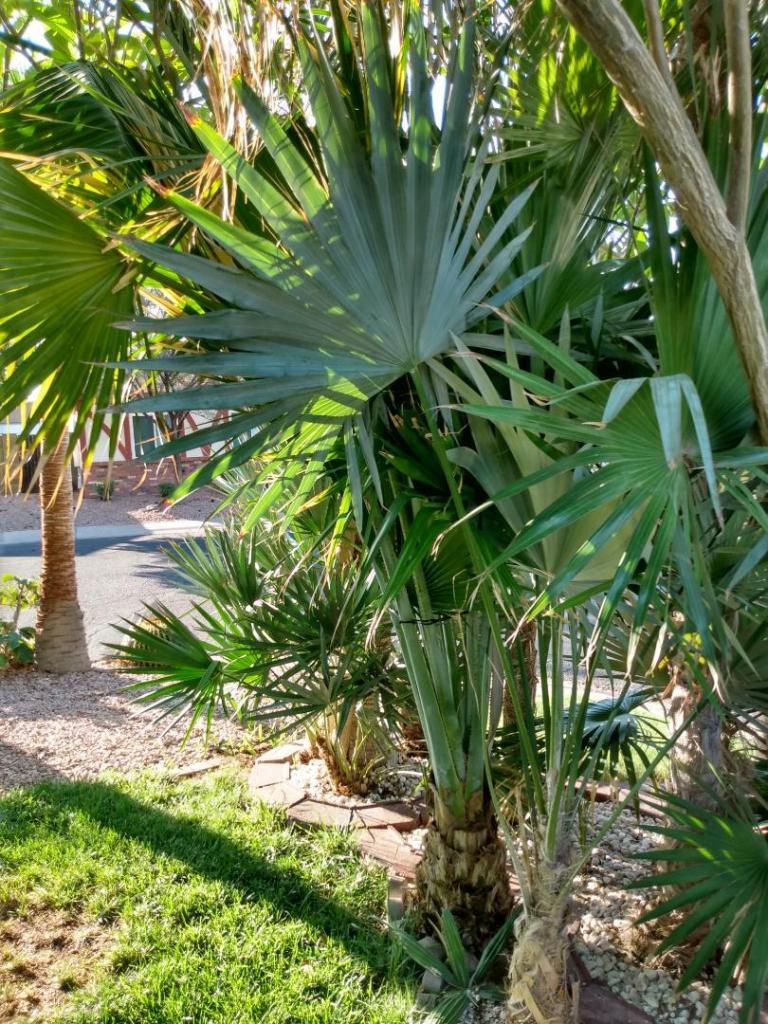
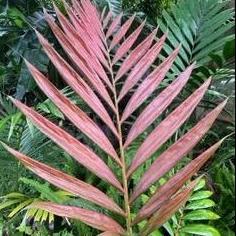



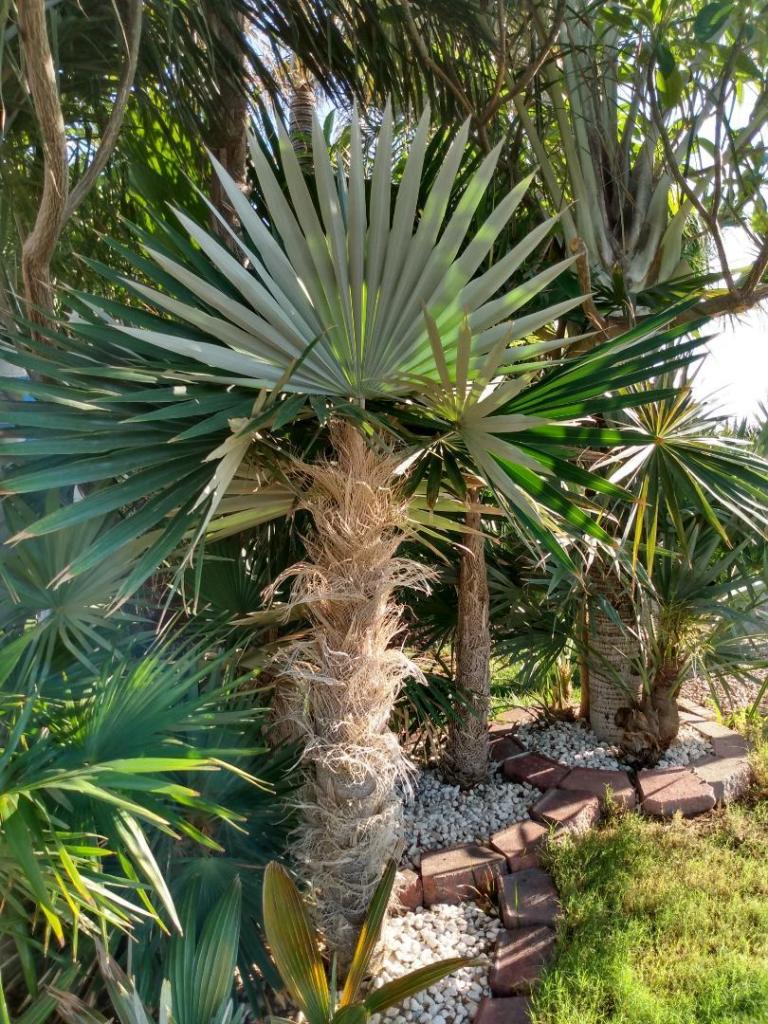
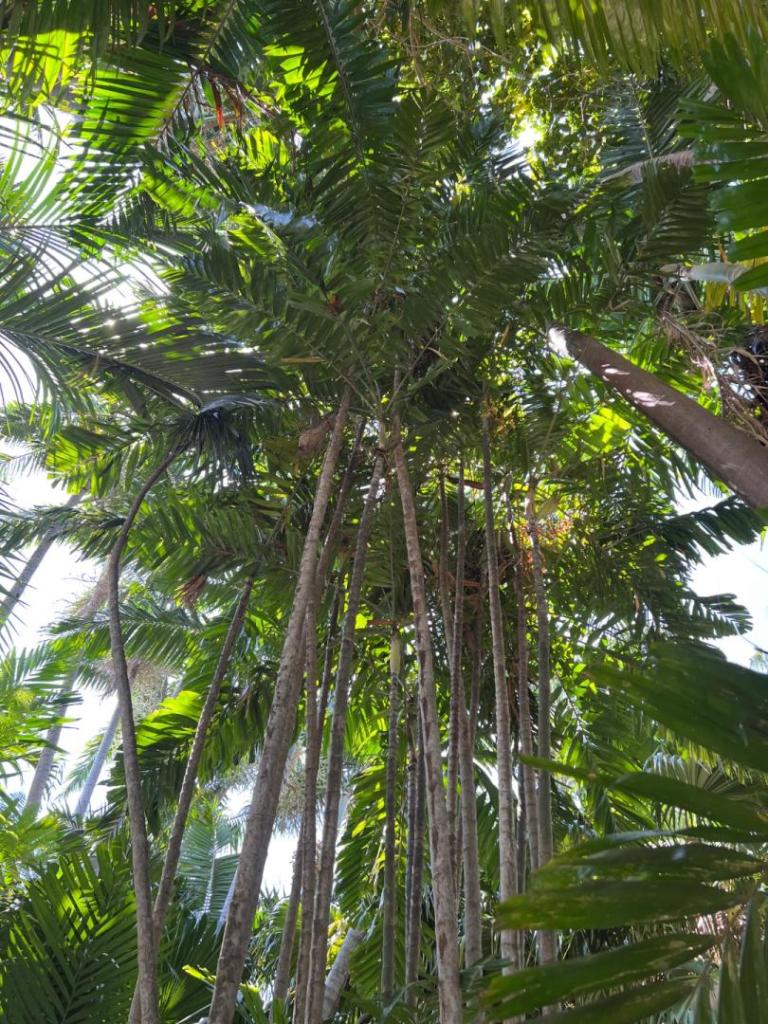

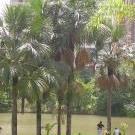
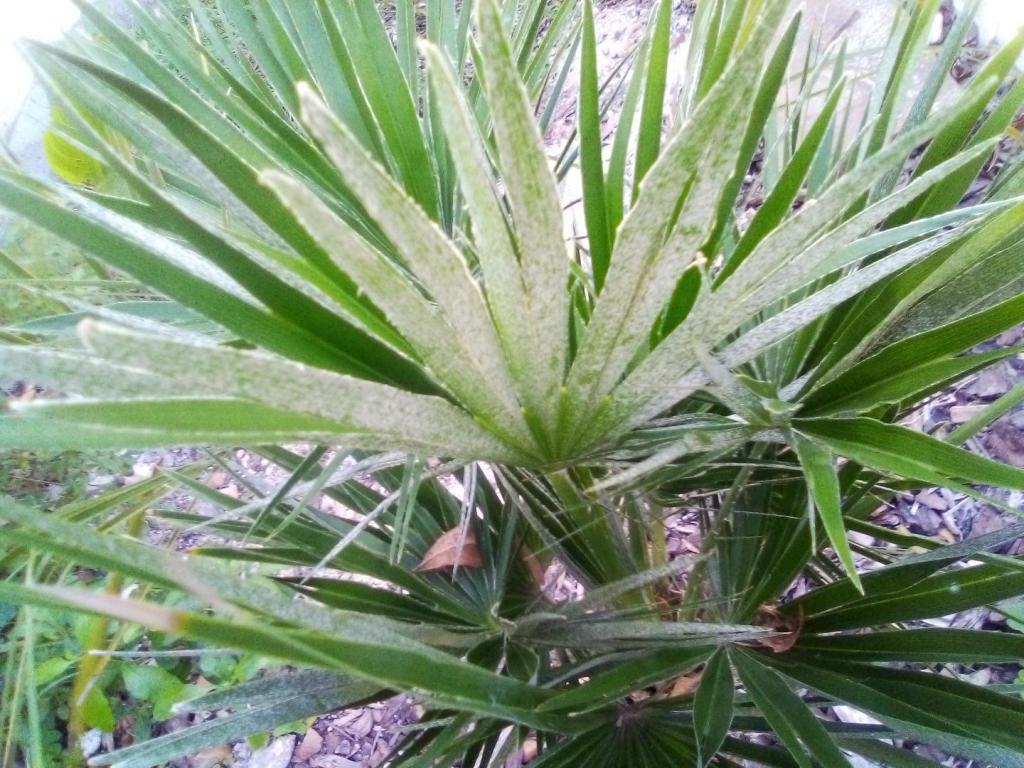





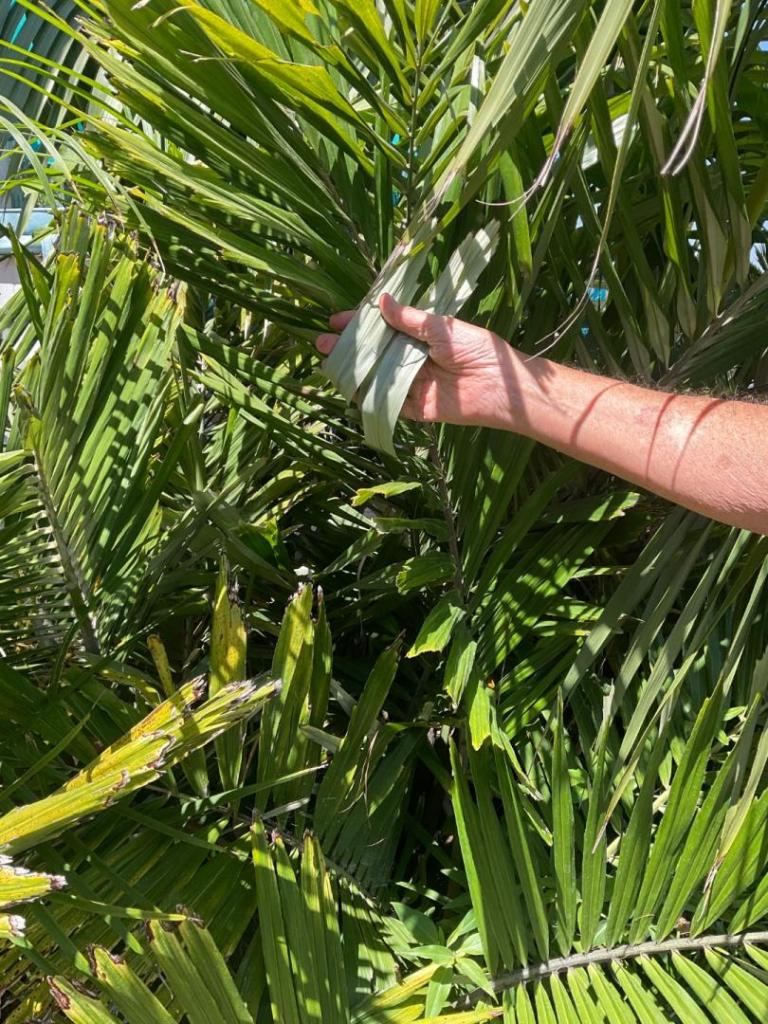


.thumb.jpg.304b32ca4398a111edf4ac525048111e.jpg)



















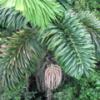

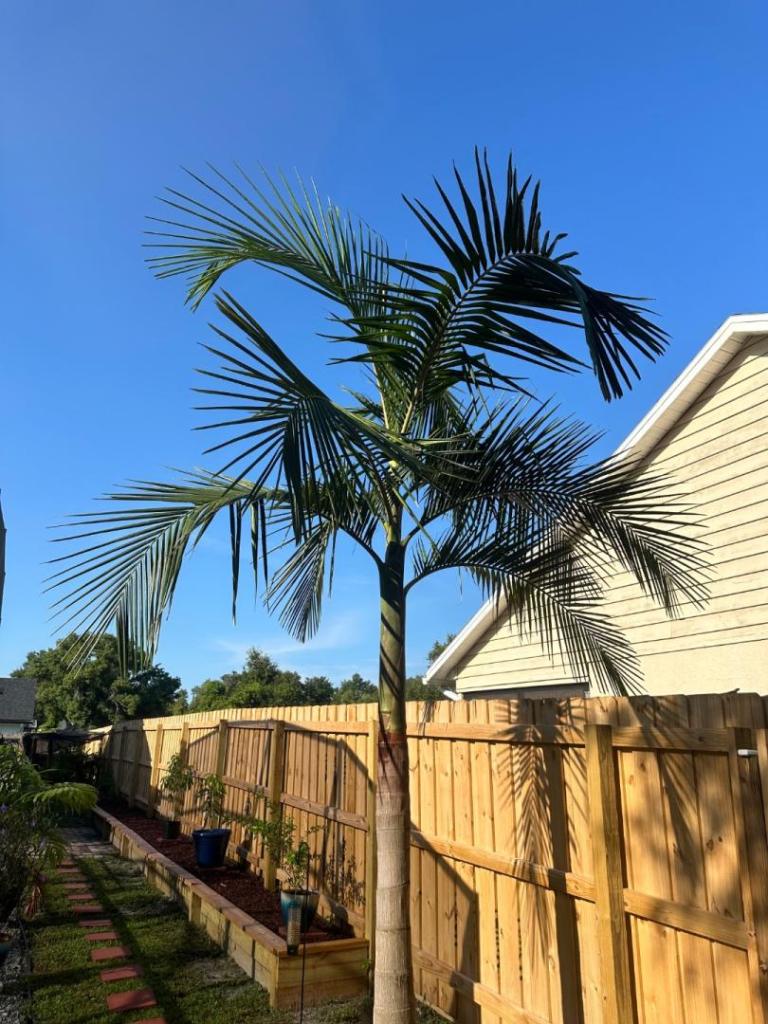

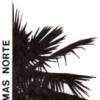

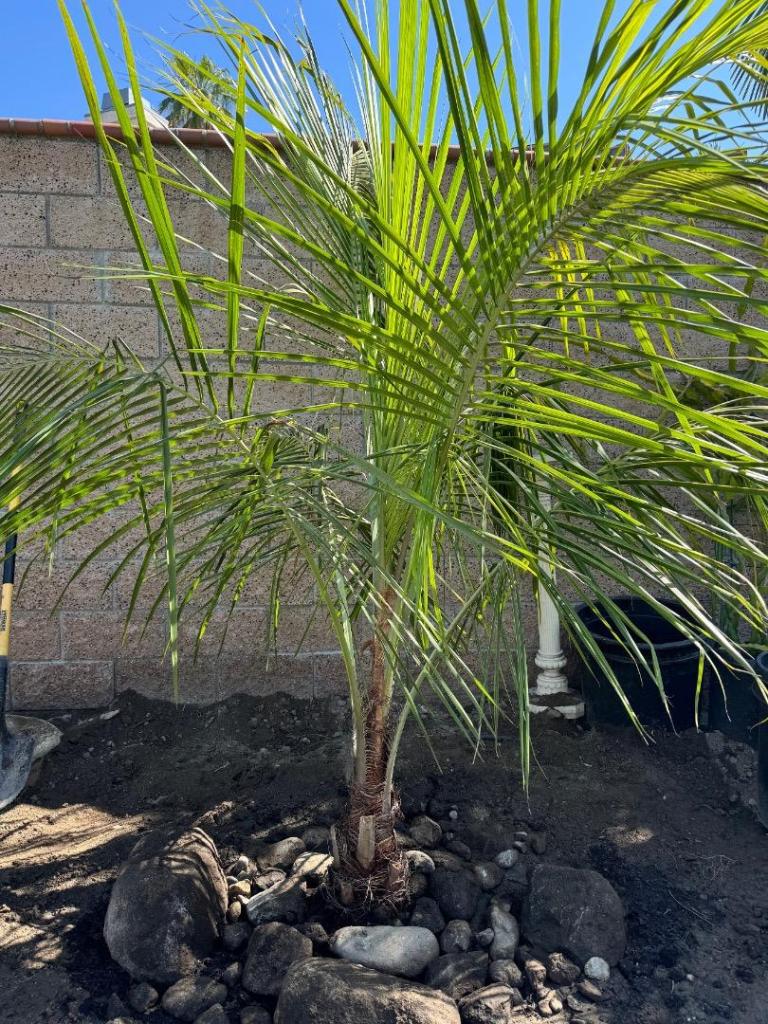


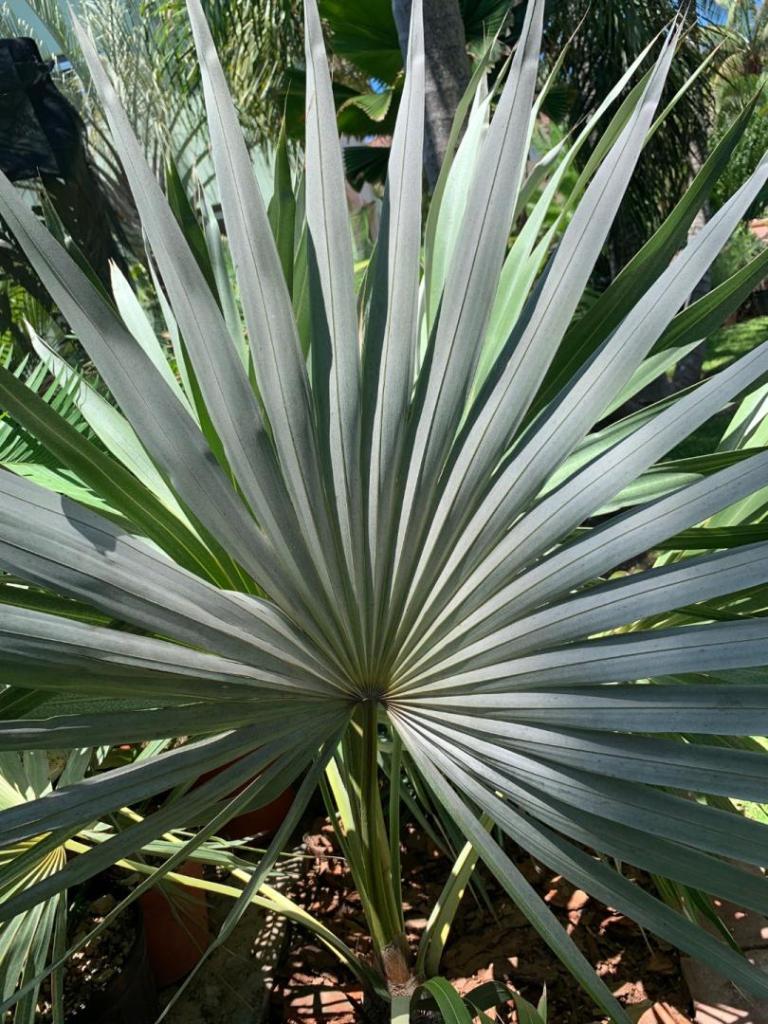





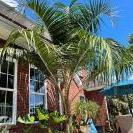








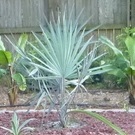





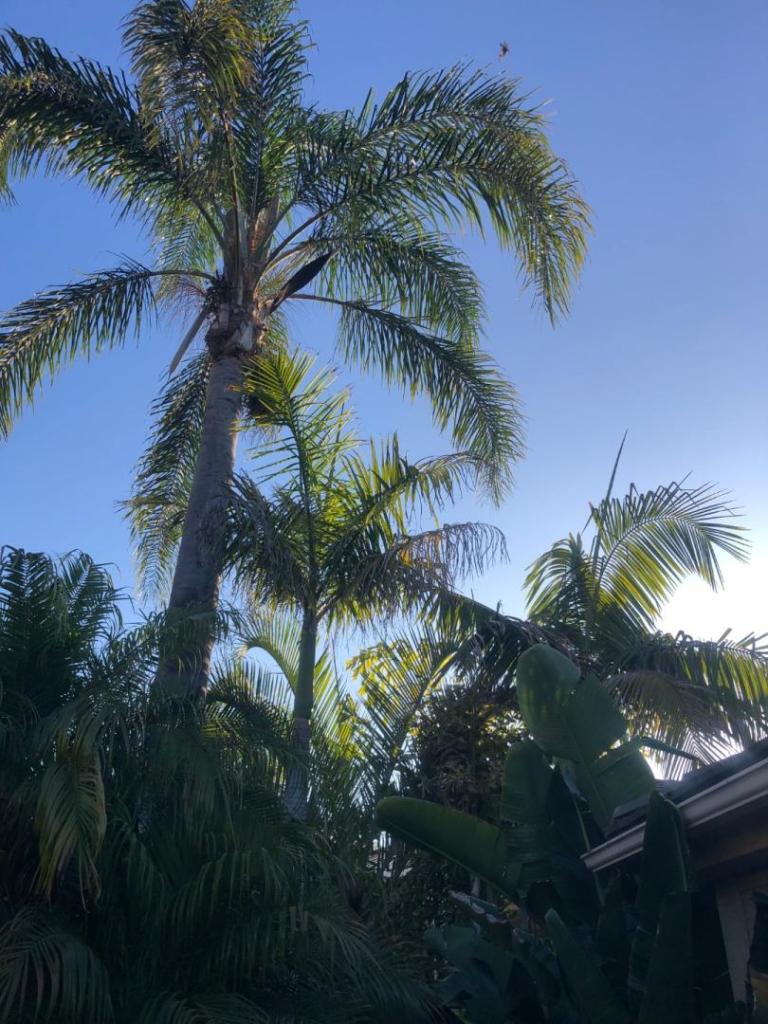
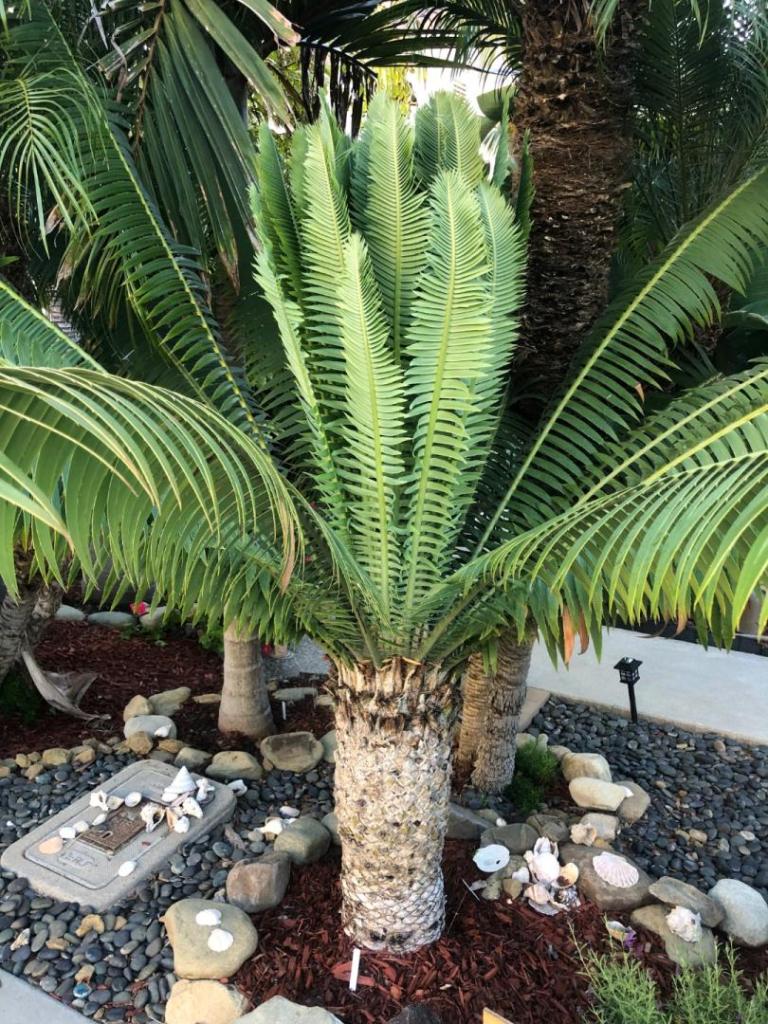
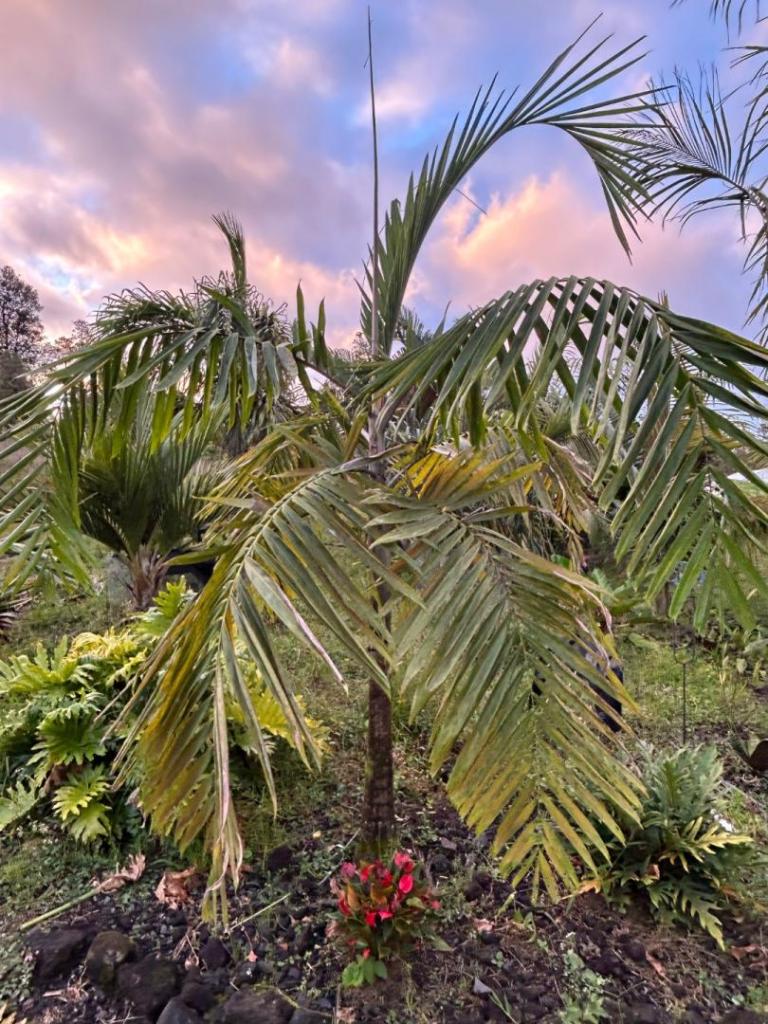



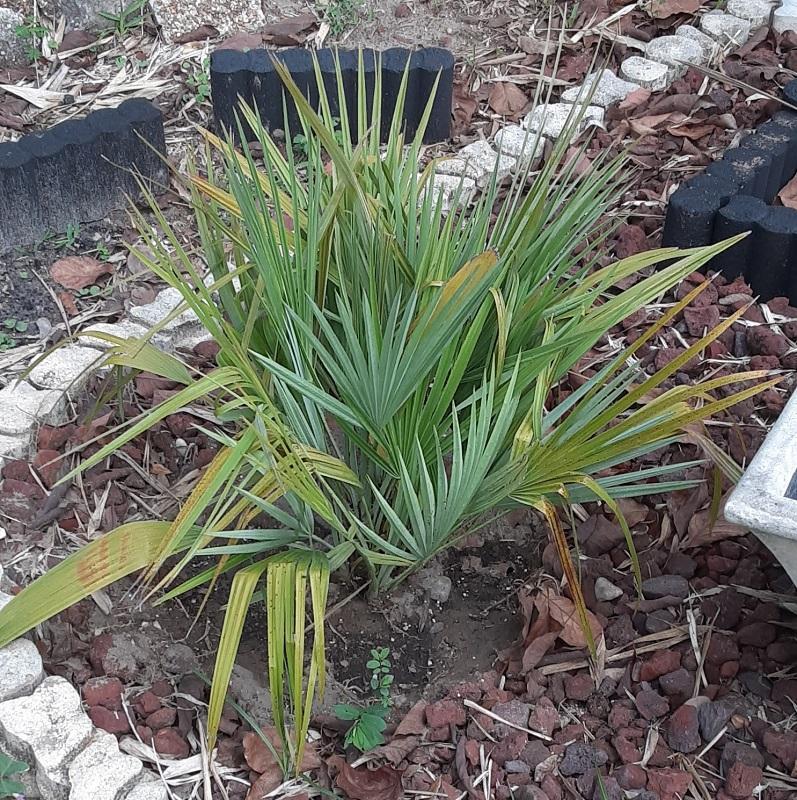


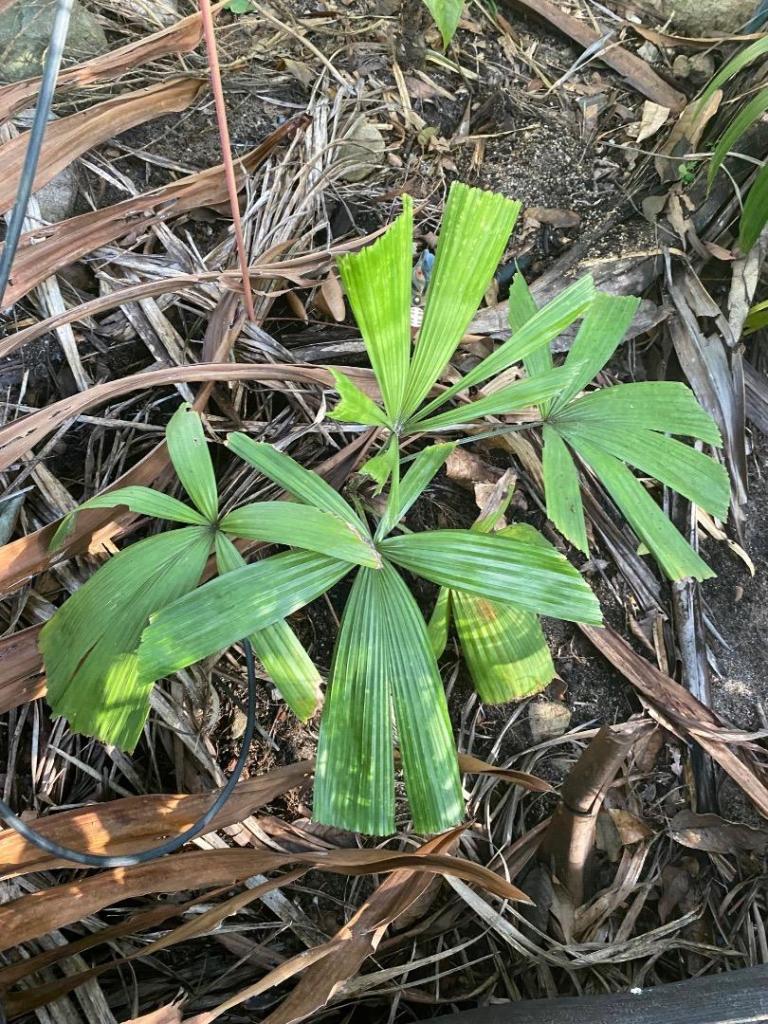






.jpg.0cf735c7525858af1582442942bc68e8.thumb.jpg.894f59a749fff01eb286c1fe4a50ab62.jpg)


